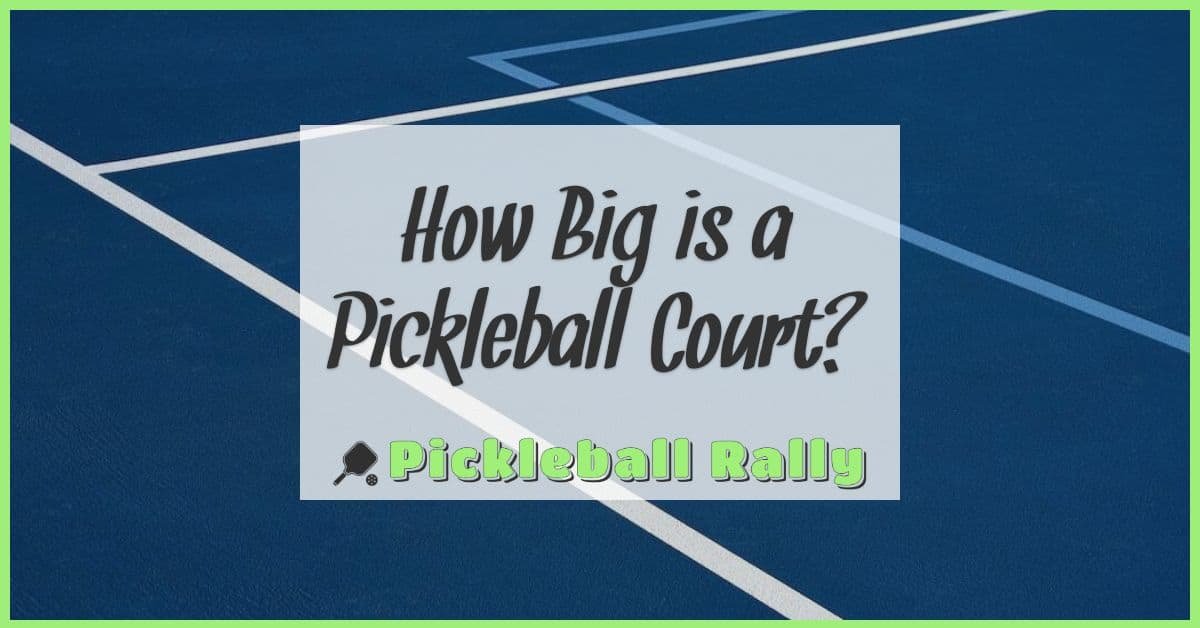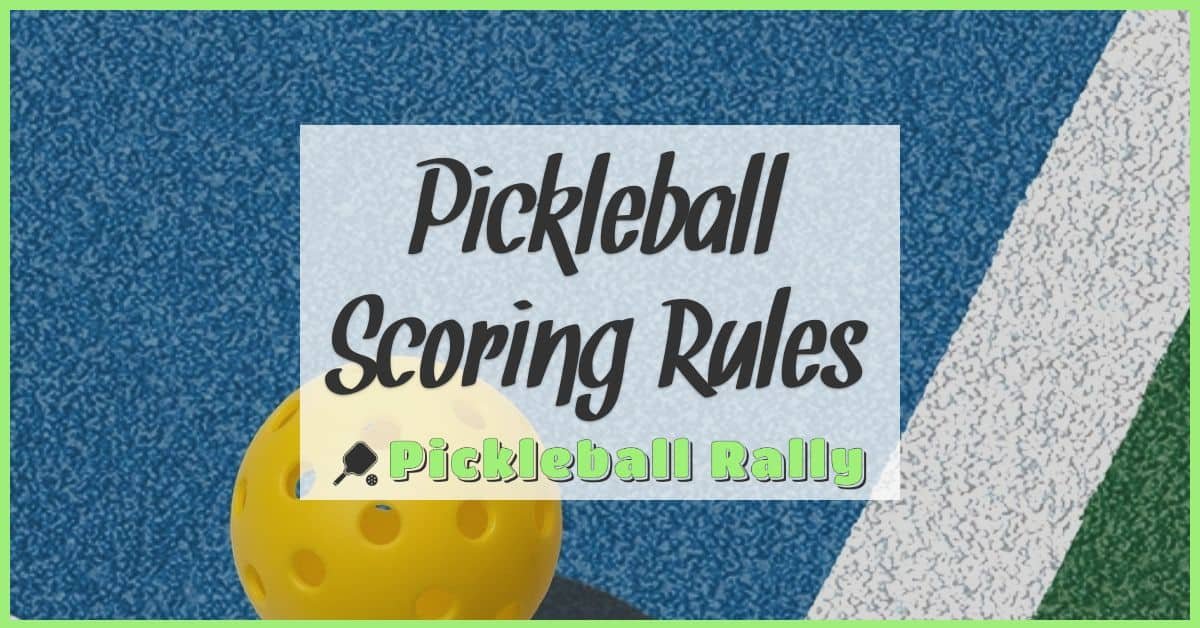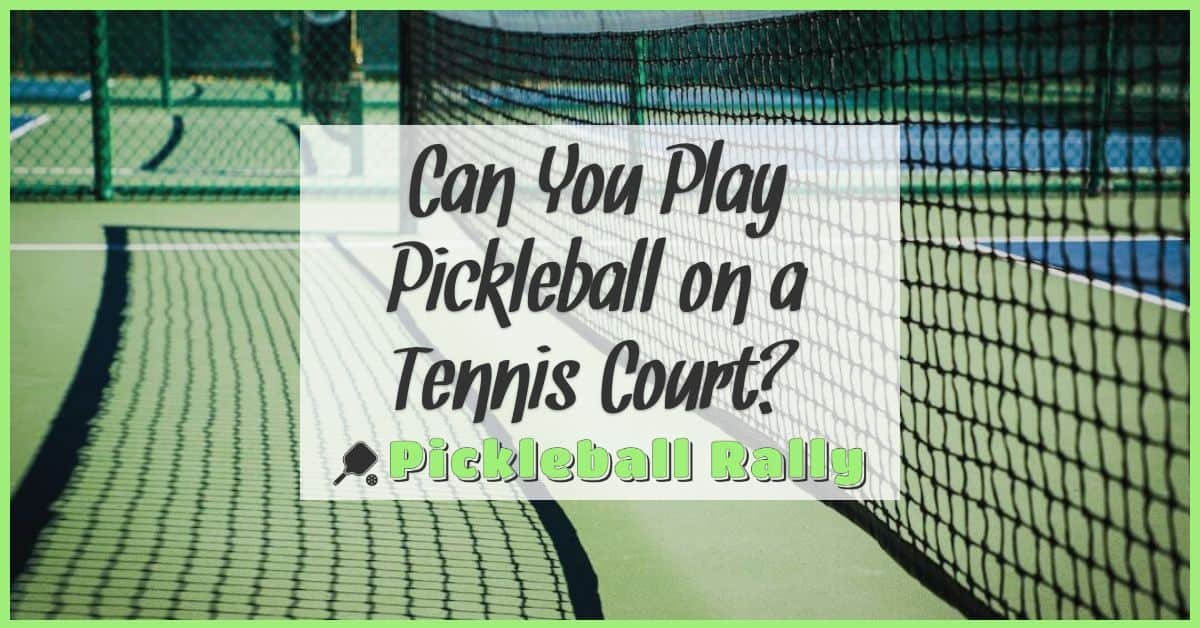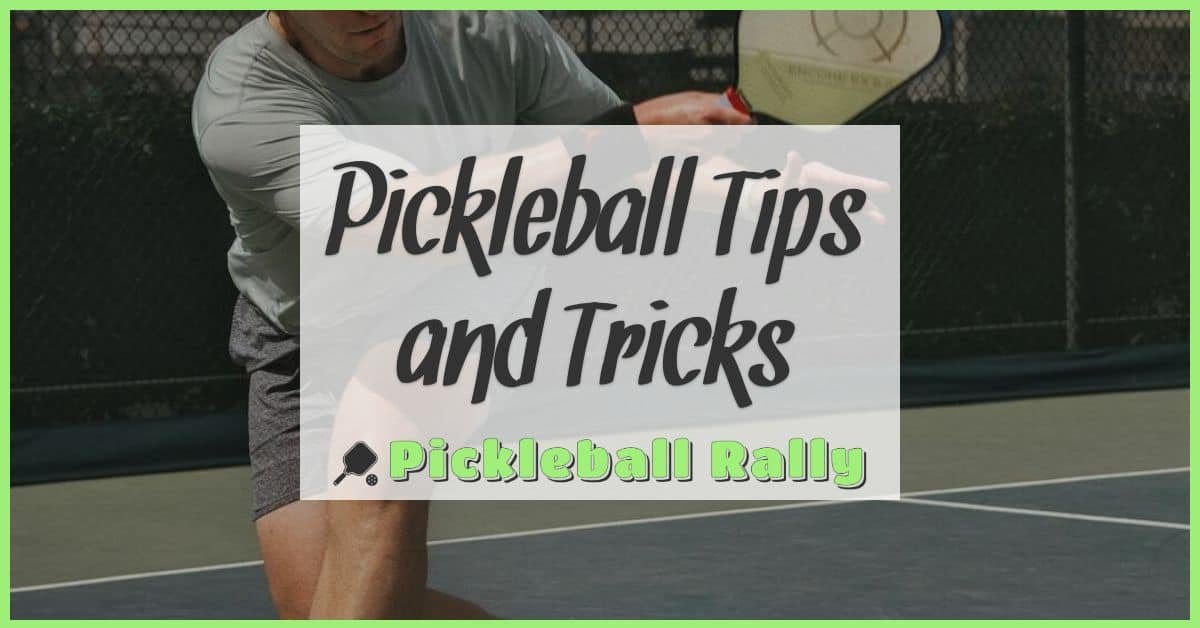I’ve always been curious about what sets pickleball apart from tennis. Both sports are super popular and fun to play, but they each have their own unique vibe and style. Whether you’re thinking about trying one or just want to understand the buzz, knowing the key differences can help you decide which game suits you best.
From the court size to the equipment and even the pace of the game, pickleball and tennis offer pretty different experiences. I’ll walk you through the main contrasts so you can get a clear picture of what makes each sport special. Whether you’re a beginner or a seasoned player, there’s something interesting to discover in this friendly showdown.
Overview of Pickleball and Tennis
Understanding pickleball and tennis starts with their origins and gameplay. Knowing these basics helps players grasp how each sport moves and why pickleball continues to grow in popularity among all ages.
Origins and Popularity
Pickleball began in 1965 on Bainbridge Island, Washington, as a backyard family game. It combines elements from tennis, badminton, and ping pong. Since then, it’s exploded across the US and beyond, with over 4 million active players today according to the Sports & Fitness Industry Association. Tennis traces back much further to 19th century England and has a long-established global presence and competitive circuit. Pickleball’s fast rise appeals to beginners and veterans seeking a less demanding alternative that still offers strategic depth and fun.
Basic Rules and Gameplay
Pickleball courts measure 20 by 44 feet, significantly smaller than a tennis court at 78 by 36 feet for singles play. Players use solid paddles and a perforated plastic ball, unlike tennis racquets and felt-covered balls. Matches mainly follow singles or doubles formats. Serving happens underhand in pickleball, which speeds up play and reduces strain. Games usually play to 11 points, requiring a two-point lead to win. Tennis serves overhand, involves longer rallies, and uses a best-of-sets scoring system. The slower court and closer dimensions in pickleball encourage quick reflexes, control, and placement rather than power and endurance. I find mastering these unique rules and styles vital to training players for success in pickleball’s distinct rhythm and flow.
Equipment and Court Differences
Understanding the equipment and court setup clarifies why pickleball feels so different from tennis. Each game’s tools and space influence how I teach players to approach shots, movement, and strategy.
Paddle vs. Racket
Pickleball uses paddles made of lightweight composite materials or wood, usually about 8 inches wide and 15.5 inches long. These paddles have a solid surface and no strings, providing consistent ball contact and better control during quick exchanges. In contrast, tennis rackets are larger, strung frames, typically around 27 inches long. Pickleball paddles are easier to maneuver, which encourages rapid reflexes and precision. I always tell beginners to get comfortable with paddle grip and angles before focusing on power—control beats strength every time in pickleball.
Court Size and Layout
Pickleball courts measure 20 feet wide and 44 feet long, exactly half the size of a tennis court. The smaller court promotes shorter rallies and emphasizes strategy over running. I enjoy teaching how this compact space changes positioning, especially around the non-volley zone, or “kitchen,” which extends 7 feet from the net. Compared to tennis’s vast 78-by-36-foot courts, pickleball’s setup favors quick, tactical footwork and net play. I encourage players to focus on tight court coverage and anticipate opponents’ shots in this confined space.
Ball Types
Pickleball uses a perforated, lightweight plastic ball with holes, designed to travel slower and bounce lower than tennis balls. This unique ball demands different timing and stroke techniques, especially for dinks and volleys. Tennis balls are larger, felt-covered, and bounce higher with faster speed. I find that mastering pickleball’s slower ball enhances patience and shot placement, essential skills for advancing from beginner to expert levels. When training, I emphasize consistent paddle contact and soft touch to control the plastic ball around the net.
Playing Style and Technique
Mastering playing style and technique unlocks greater enjoyment and success in pickleball. Each aspect challenges players to develop precision, timing, and strategy that differ from tennis fundamentals.
Serve and Return
Serving in pickleball uses an underhand motion, starting below the waist and swinging upward. I emphasize this motion when coaching players, as it encourages control and consistency over power. The serve lands diagonally in the opponent’s service box, making placement critical. Returns require quick reflexes and anticipation since the ball moves slower than tennis but stays low. I advise practicing short, angled returns that push opponents back or create opening shots.
Movement and Footwork
Movement on the pickleball court focuses on quick, short steps rather than wide sprints. I train players to maintain a balanced stance near the non-volley zone line to capitalize on volley opportunities. Efficient footwork involves tight pivoting and small adjustments, allowing swift responses to unpredictable ball placement. Unlike tennis, lateral endurance matters more than full-court speed, so drills that build agility and explosive direction changes help refine technique.
Scoring System
Pickleball matches use rally scoring to 11 points with a win-by-two rule, contrasting tennis’s set-based scoring. This faster game pace keeps players alert and rewards consistency in every point. Knowing when to switch from defensive to aggressive play is essential. I teach players to focus on each rally as a discrete challenge, emphasizing mental focus and strategic shot selection over long-term endurance.
Physical Demands and Accessibility
Pickleball suits a wide range of players thanks to its manageable physical demands and user-friendly nature. Understanding how its intensity and inclusivity compare with tennis helps players of all kinds see the benefits of this sport.
Intensity and Fitness Requirements
Pickleball offers moderate intensity that balances cardiovascular effort and muscle engagement. I notice matches involve quick bursts of movement, frequent changes in direction, and controlled swings with paddles that require wrist and arm strength. Although the smaller court limits long sprints, the rapid pace challenges agility and reaction time. Players often sustain play for 30 to 60 minutes without excessive fatigue, making it easier to pick up and maintain consistently. In contrast, tennis involves more demanding running, lateral movement, and powerful strokes that require higher endurance and strength levels. Pickleball’s lower impact on joints and muscles also makes recovery quicker, encouraging more frequent play and longer practice sessions.
Suitable Age Groups and Skill Levels
Pickleball welcomes players from all age groups by offering accessible gameplay without sacrificing challenge. I’ve coached beginners as young as 8 years old and adults well into their 70s, and both find success adapting to the sport at their own pace. The underhand serve and smaller court reduce entry barriers, perfect for those new to racquet sports or with limited mobility. At the same time, advanced players develop strategic depth and precision to compete at high levels, proving the sport’s versatility. Tennis tends to favor younger or more athletic players due to its physical demands, while pickleball encourages lifelong participation regardless of age or fitness, supporting steady skill growth and enjoyment.
Social and Recreational Aspects
Pickleball thrives as a social and recreational sport, bringing players together across skill levels and ages. The game’s pace and accessibility encourage connection and friendly competition, creating a strong sense of community and endless chances to improve.
Community and Culture
I find pickleball’s community welcoming and supportive, with clubs, leagues, and local groups dedicated to the sport. Many players share tips and celebrate each other’s progress, fostering a positive environment for learning and growth. Casual drop-in sessions and organized social events make meeting new players easy, building friendships around the love of the game. The culture values inclusivity, so players from beginners to advanced enjoy playing together without intimidation or pressure. This dynamic energizes me during training and teaching, as I see players gain confidence and excitement through shared experiences.
Competitive Opportunities
Pickleball offers a broad spectrum of competitive options for every level. I’ve seen beginners enter local tournaments to test skills, while advanced players compete in regional and national championships. Many communities host ladder leagues and round robins, providing regular chances to challenge yourself in a supportive setting. These competitions sharpen strategic thinking and technical execution, which I emphasize when coaching. Unlike tennis, pickleball’s shorter matches and faster scoring let players experience multiple games in one session, maximizing practice under pressure. For anyone serious about improving, the competitive scene fuels motivation and highlights pathways for ongoing development.
Conclusion
Both pickleball and tennis offer unique experiences that cater to different preferences and lifestyles. Whether you’re drawn to the fast-paced rallies of tennis or the strategic, social vibe of pickleball, there’s something rewarding in each game.
For me, exploring both sports has been a great way to stay active and connect with others. I encourage you to give them a try and see which one fits your pace and passion best. At the end of the day, the most important part is having fun and enjoying the game.









